It’s time to run errands: don’t forget the hand cleanser! You load the kids up in the van as you tell them all about the things you will accomplish that afternoon: grocery store, library, post office, and ice cream if there is time.
“Yay! Thanks Mom!”
You all go about your merry way and get everything done. Just before the ice cream is served, you think back on the germ-laden errand run and hit each kids’ hands with the hand sanitizer.
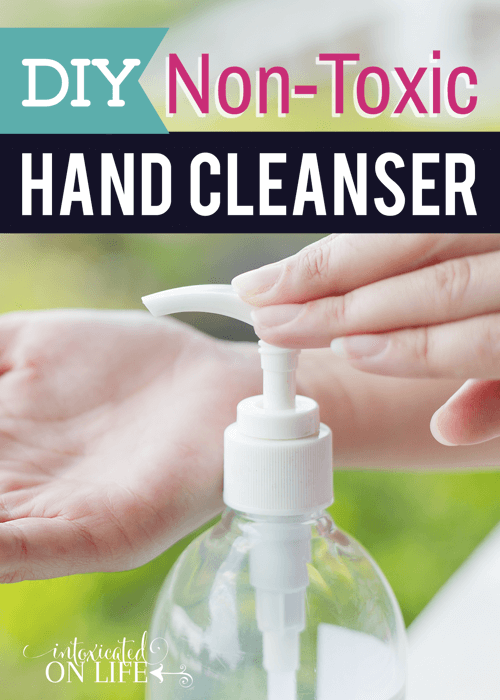
If you’re like me, you totter just between the Nervous Nelly with her giant bottle of hand sanitizer in tow, and the Easy-going Ella who figures, hey, let’s build their immune systems.
Still, watching the 4-year-old manage the public bathroom, all the nose-picking that goes on at the library (not your sweet angels, of course), and the sneezing that happened all over the grocery store is enough to make your stomach turn. Let’s just go ahead and blast those germs, m’kay?
Whether you’re Nelly or Ella, chances are you’ve used hand sanitizer before. Washing with soap and water is always best, but what about those times when that’s not an option? You care about health and staying well. However, seeing what’s in the hand sanitizer might just make your stomach turn as well.
Fortunately, it’s not difficult to make your own natural, non-toxic hand cleanser and keep your family healthy without spreading strange stuff all over their hands. Here is a simple and versatile recipe that you can make on your own!
Let’s Make… Non-Toxic Hand Cleanser
DIY Non-Toxic Hand Cleanser
Ingredients
- 1/2 cup water
- 1/2 cup aloe vera juice/concentrate (not gel)
- 24 drops tea tree essential oil
- 15 drops lavender, rosemary, sandalwood, peppermint, or OnGuard
- 1/4 teaspoon vitamin e oil (optional—increases shelf life and hand softening)
Instructions
- Mix ingredients well.
- Add to a spray bottle or pump bottle
- Use as needed!
Notes
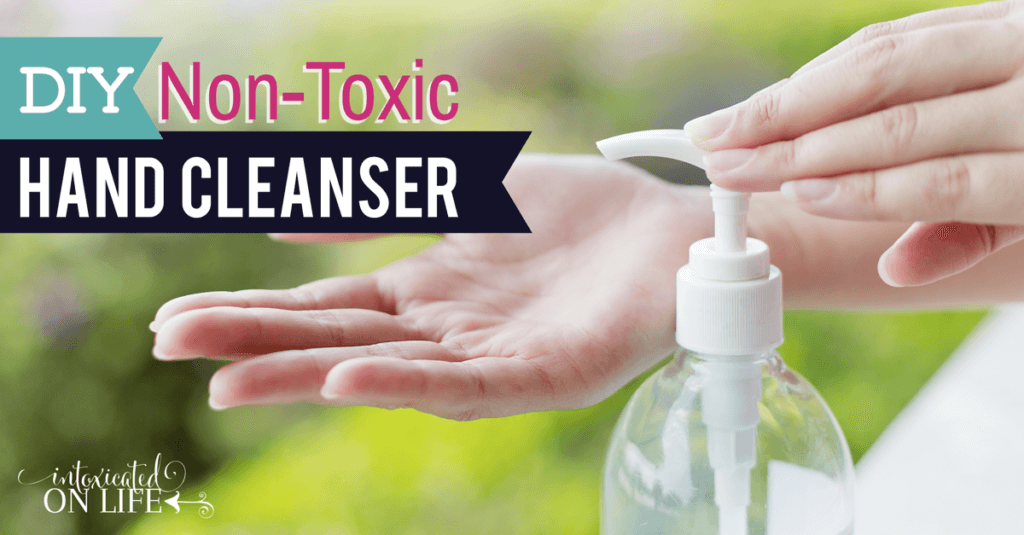
Does DIY Hand Cleanser Really Work?
Some will argue that a hand cleanser recipe really isn’t effective without adequate amounts of alcohol to kill bacteria. That is a debate that we’ll address in a future post.
* This Clinical study shows the effectiveness of tea tree oil.
Last year my family experimented with essential oils and found great help from an immune blend in helping with sickness. This year we’ll be putting this recipe to the test! Guess that makes me a “Prepared Priscilla.” 🙂
Are you a skeptic of essential oils? So was I! Check out the whole Skeptic’s Guide to Essential Oils series here on Intoxicated on Life and see what I learned as we researched and tested them out.
Free Download: Mom’s Essential Oil Cheat Sheet
Would you like a resource to help you learn to use essential oils with your family? Download this free 3-page printable:
- Basic guidelines for using essential oils around kids
- A list of safe, kid-friendly oils essential oils
- Helpful essential oil recipes
Click the link or image below to download the 3-page Mom’s Essential Oil Cheat Sheet. I’ll follow it up with more resources and free printables to help you on your essential oil journey. Grab your copy now!
*FDA disclaimer: “These statements have not been evaluated by the Food and Drug Administration. This product is not intended to diagnose, treat, cure, or prevent disease.”

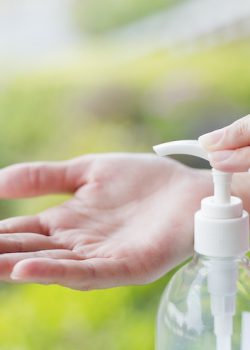

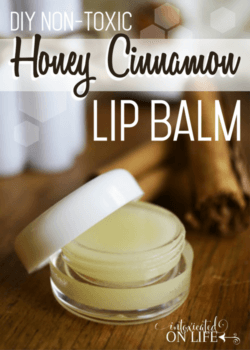

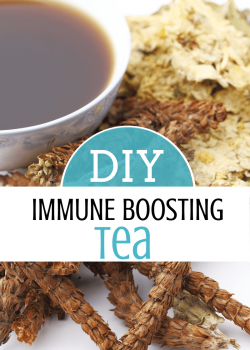
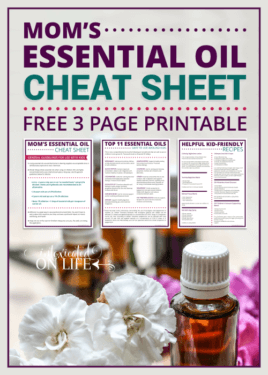





What could be substituted for aloe?
I’m allergic.
I’m not the only one – I’ve met one other person also allergic to aloe. 🙂
Hi MaryEllen – I would try glycerine and adjust the water/glycerine ratio until I found a good consistency. 🙂